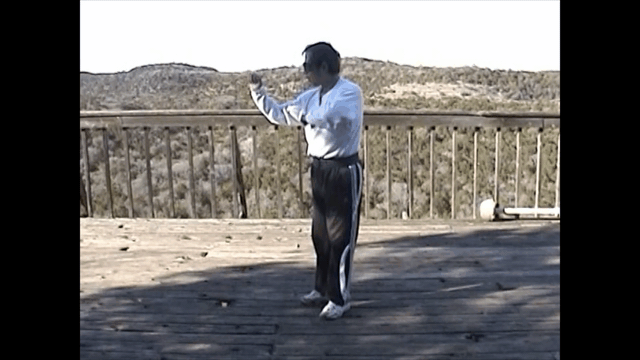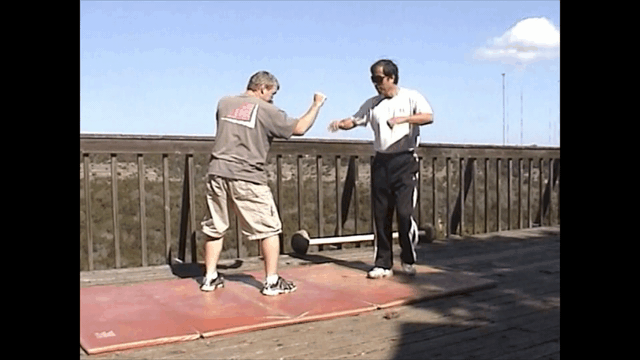I subscribe to the idea of kata being templates of sorts. Learn this kata, here's a bunch of ideas to expand upon. Gyakuto mentioned stem cells- on a fellows blog he describes the basic movements in kata as "stem cell movements", basic movements which are meant to be adapted and changed to fit the situation (while still adhering to mechanical principles which allows those movements to be effective) Another idea I like very much.
As far as being adopted by combat arts- someone who's had a ton of practice fighting, and especially grappling is going to sense what you're doing and not fall for it- so much of the kata applications are in close/attached to the opponent. It's stuff that a person with a ton of fighting experience can easily sense and defend from. At least until superior timing and trickery comes into play. And if you're training specifically to not have to trade blows with a person, you're going to get into the stuff that's contained in kata anyway even if you're not trying to. It just magically starts to appear
As far as being adopted by combat arts- someone who's had a ton of practice fighting, and especially grappling is going to sense what you're doing and not fall for it- so much of the kata applications are in close/attached to the opponent. It's stuff that a person with a ton of fighting experience can easily sense and defend from. At least until superior timing and trickery comes into play. And if you're training specifically to not have to trade blows with a person, you're going to get into the stuff that's contained in kata anyway even if you're not trying to. It just magically starts to appear


